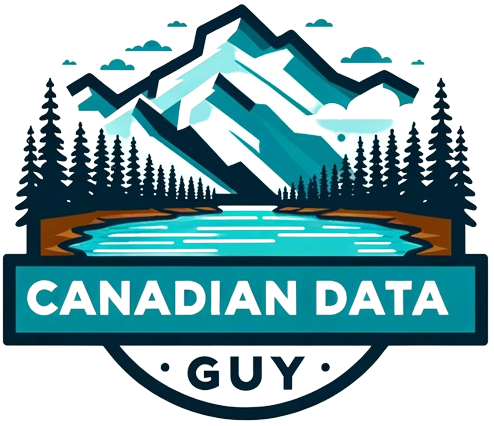Delta Lake is a powerful open-source storage layer that brings ACID transactions, scalable metadata handling, and unified batch and streaming data processing to big data workloads. It’s designed to improve data reliability and enable complex data processing workflows. This technical blog will blend the key features of Delta Lake with resources for a deeper understanding of how these features are achieved.
The resources in this guide, from essential whitepapers to insightful video tutorials, were key to my mastery of Delta Lake, offering a deep dive into its architecture and practical applications, and equipping me with the knowledge to effectively utilize its features in real-world data scenarios.

Key Features of Delta Lake
ACID Transactions
Delta Lake provides serializable isolation levels, ensuring that readers always see consistent data, even in the presence of concurrent writes. This is achieved through a transaction log that records details about every change made to the data
Scalable Metadata Handling
With the help of Spark’s distributed processing power, Delta Lake can handle metadata for petabyte-scale tables, which may include billions of files and partitions. This scalability is crucial for managing large datasets efficiently
Unified Batch and Streaming Data Processing
Delta Lake tables serve as both batch tables and streaming sources/sinks, offering exactly-once semantics for data ingestion, backfill, and interactive queries. This unification simplifies the data pipeline and reduces the complexity of data processing
Schema Evolution and Enforcement
Delta Lake prevents the insertion of bad records during ingestion by enforcing schemas automatically. It also supports schema evolution, allowing for the addition of new columns to data tables without disrupting existing operations
Time Travel (Data Versioning)
Data versioning in Delta Lake enables rollbacks, full historical audit trails, and reproducible machine learning experiments. Users can access and revert to earlier versions of data for various purposes
DML Operations
Delta Lake supports merge, update, and delete operations, which are essential for use cases like change-data-capture (CDC) and slowly-changing-dimension (SCD) operations
Deep Dive Resources
To understand how Delta Lake achieves these features, the following resources provide in-depth technical knowledge:
Lakehouse Storage Systems Whitepaper
For a comprehensive technical understanding of Delta Lake’s internals, the Lakehouse Storage Systems Whitepaper is invaluable. It explains the architecture and mechanisms that enable Delta Lake’s features, such as ACID transactions and scalable metadata handling. Read the whitepaper here.
Educational Videos
- Under the Hood of Delta Lake: This video gives a foundational understanding of Delta Lake’s inner workings. Watch it here.
- Schema Evolution on Delta: Learn how Delta Lake adapts to changing data structures in this live session. Access it here.
- Handling Delete/Update/Merge on Object Storage: Discover Delta Lake’s approach to data modification in object storage through this informative video. View it here.
Quick Overviews
- Features and Knobs Overview: Get a quick overview of Delta Lake’s features and settings in this video. Watch it here.
- What’s New in Delta Lake: Stay updated with the latest features and enhancements in Delta Lake by watching this video. Check it out here.
Real-World Use Cases
To see Delta Lake in action, refer to The Delta Lake Series Complete Collection. This guide helps you understand various use cases and how Delta Lake addresses complex data challenges. Access it here.
Conclusion
Delta Lake is a sophisticated tool that addresses many of the challenges associated with big data processing and storage. By leveraging the resources provided, you can gain a deeper technical understanding of how Delta Lake ensures data reliability, consistency, and scalability. Whether you’re a data engineer, architect, or analyst, these insights will help you to effectively implement and utilize Delta Lake in your data solutions.
Thank You for Reading!
I hope you found this article helpful and informative. If you enjoyed this post, please consider giving it a clap 👏 and sharing it with your network. Your support is greatly appreciated!
